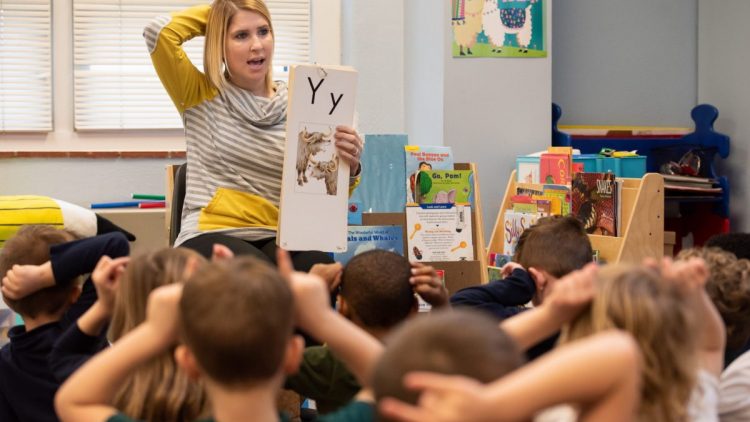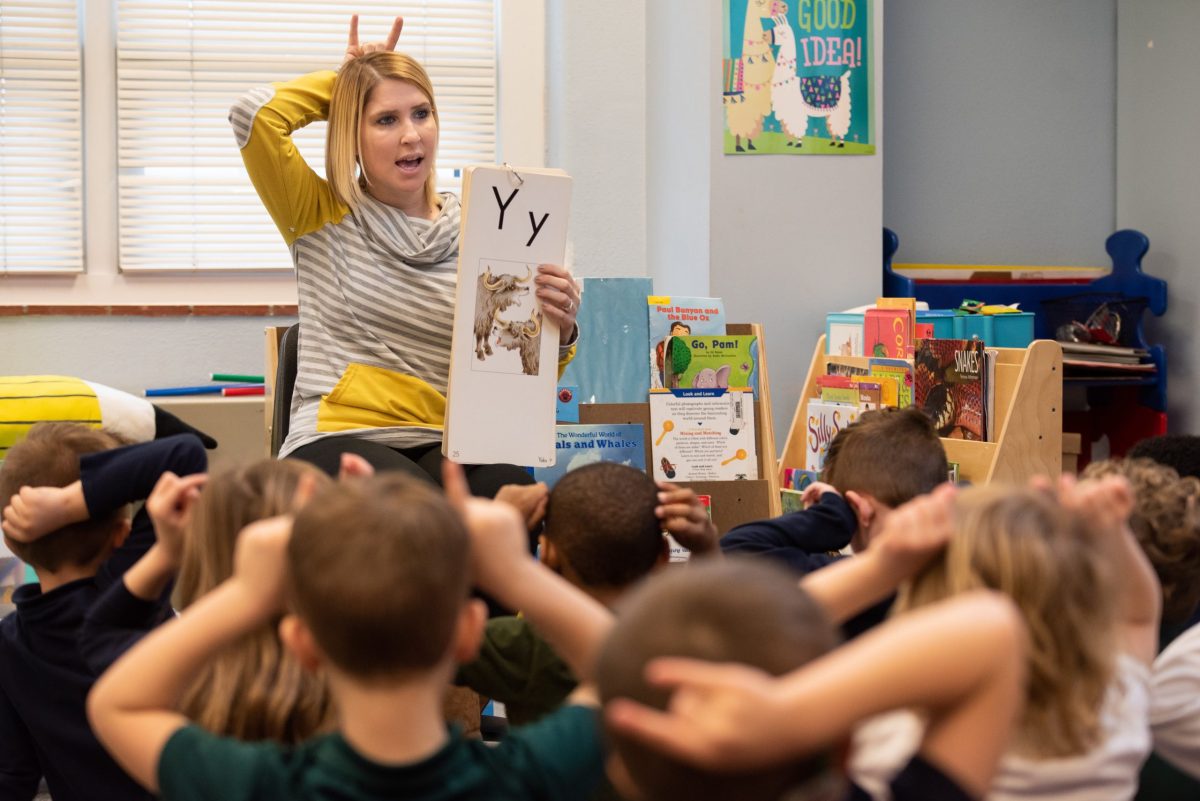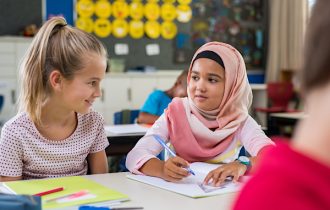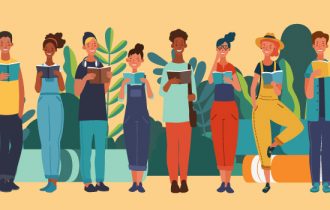Illuminating Cultures: Enhancing Cultural Literacy through Literature and Arts
Introduction: Culture in Words and Colors
As the great Russian author Leo Tolstoy once wrote, “Art is not a handicraft, it is the transmission of feeling the artist has experienced.” Literature and the arts serve as conduits of culture, offering vivid insights into different societies’ histories, traditions, values, and perspectives. In this article, we will explore how literature and arts can significantly enhance cultural literacy, aided by today’s technology. We’ll also delve into real-life examples, illustrating the profound impact that literature and arts can have on our understanding of diverse cultures.
Section 1: The Power of Literature and Arts in Cultural Literacy
Literature and arts offer us a window into different cultures, allowing us to experience, even if vicariously, the beauty and diversity of the world. They enable us to understand the nuances of different cultures, fostering empathy and appreciation for diversity.
In literature, we encounter narratives that delve into the human condition against the backdrop of unique cultural settings. Authors often weave their cultural experiences into their stories, bringing their cultures to life on the page.
In arts – be it visual arts, performing arts, or music – cultural expressions find a vivid and potent medium. Artistic expressions often echo the heartbeat of a culture, reflecting its history, traditions, hopes, and struggles.
Section 2: Harnessing Technology to Promote Cultural Literacy through Literature and Arts
Technology has significantly broadened our access to global literature and arts, thereby playing a pivotal role in promoting cultural literacy. Some ways in which technology has contributed are:
- Online Libraries and E-books: Libraries, like Project Gutenberg, offer thousands of free e-books, including works that depict various cultures. Reading these books can enhance readers’ cultural literacy.
- Art Platforms and Virtual Galleries: Websites and apps like Google Arts & Culture provide access to art collections from around the world, offering users insights into different cultures.
- Music Streaming Platforms: Apps like Spotify and Apple Music host music from different cultures, thereby promoting cultural literacy.
- Online Courses: Platforms like Coursera offer courses on world literature and arts, providing a guided exploration of cultural literacy.
- Language Learning Apps: Apps like Duolingo not only teach languages but also imbibe cultural nuances in their lessons, thereby promoting cultural literacy.
Section 3: Literature and Arts in Action – Real-life Examples
To better understand how literature and arts enhance cultural literacy, let’s consider the following examples:
- Literature Circles: Many schools have introduced literature circles where students read and discuss books from diverse cultures. These discussions foster an appreciation for cultural diversity and improve cultural literacy.
- Art Appreciation Programs: Programs that encourage students to explore and create art inspired by different cultures can significantly enhance cultural literacy. For instance, students might study Aboriginal art or African drumming, gaining an understanding of these cultures’ artistic traditions.
- Film Studies: Watching and analyzing films from different cultures can offer valuable insights into those cultures. For instance, films like “Spirited Away” from Japan or “City of God” from Brazil provide viewers with a unique perspective into these cultures.
Section 4: Fostering Cultural Literacy through Literature and Arts: Next Steps
Promoting cultural literacy through literature and arts requires a conscious and concerted effort. Here are some steps that educators and individuals can take:
- Diversify Reading and Viewing Lists: Encourage reading literature and watching films from various cultures.
- Promote Multicultural Art Projects: Engage in art projects that explore different cultures’ artistic traditions.
- Leverage Technology: Use technology to access a diverse range of literature and arts.
- Encourage Dialogue: Promote discussions about literature and arts from different cultures to deepen understanding and appreciation.
Conclusion: Painting a Global Picture with Literature and Arts
In conclusion, literature and arts play an integral role in promoting cultural literacy. They provide a rich tapestry of diverse cultural expressions, helping us to better understand and appreciate the world’s cultural diversity. As author James Baldwin said, “You think your pain and your heartbreak are unprecedented in the history of the world, but then you read.” Through the pages of a book, the strokes of a paintbrush, or the notes of a song, we discover our shared humanity and the beautiful diversity that colors our world.



